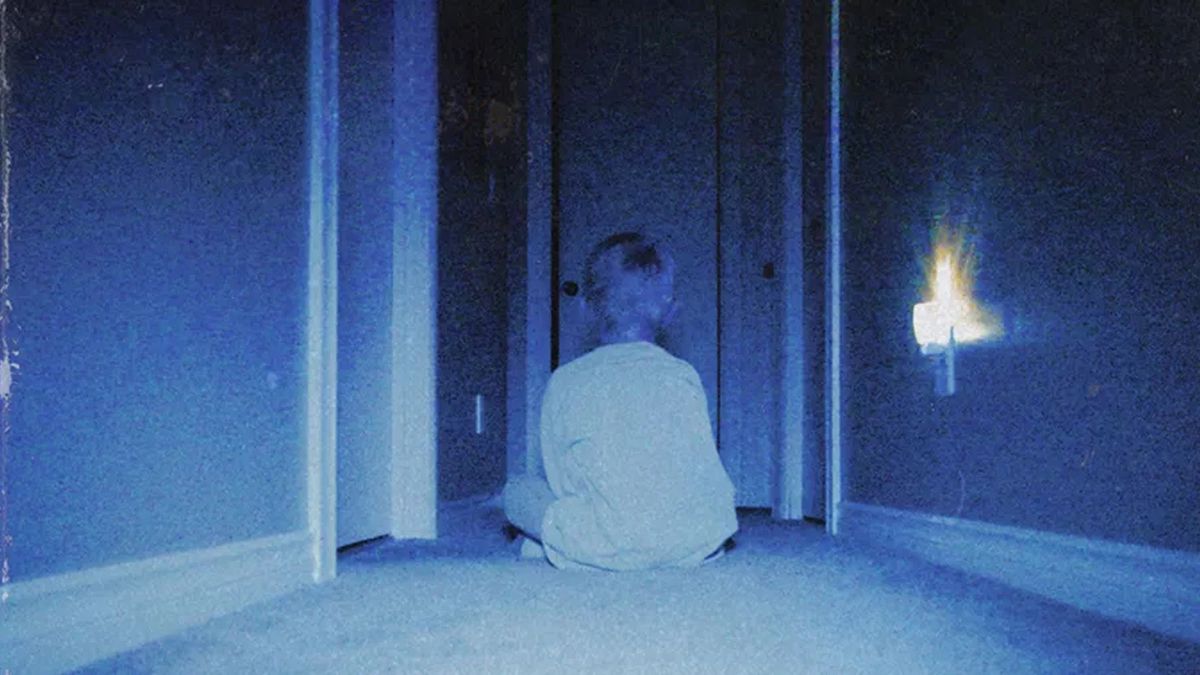By Chloe Law
Staff Writer
On the days that drama productions are not shown, the Gary E. Goodson Theatre at Gabrielino High School remains silent. Behind the red curtains, however, are the never-ending sounds of heavy drilling and thunderous clashes from groups of busy students designing a set for the next production.
The process of designing a set for a particular drama production demands effort, time, and creativity—all of which come from stagecraft crews, woodshop students, and drama teacher Jan Gluskin.
“You have to start with what […] you want to represent,” Gluskin explained while providing an example of the railway town set design she had decided on for the showing of “The Visit” two years ago.
As the producer and director of the plays produced Gabrielino High School, Gluskin is tasked with creating the overall vision of the productions and their respective set designs. Her concepts roughly outline the types of sets that will be present on stage, and they are finalized by stagecraft director JC Gafford.
“We work together to bring all the elements to life,” Gafford explained.
Unlike other schools, such as Temple City High School, who rent their set designs, students at Gabrielino go the extra mile and make their sets by hand. This responsibility is generally given to the stagecraft crew, which is composed of roughly 30 students. Stagecraft students are given tasks that include, but are not limited to building, painting, and securing the set.
Although the stagecraft crews contribute most of work towards the development of set designs, those that are more complex require the help of woodshop students, who have access to certain supplies.
In all situations involving set design, safety is a key factor to take into consideration, as the risk of injuring an actor or actress comes with various consequences. With this in mind, the stagecraft crews often check their work more than once in order to ensure that all pieces are in place.
The amount of effort put into the creation of set designs is equivalent to the amount of time spent as well. Those working on developing set designs work from 3:15 p.m. to 7:15 p.m. every Monday and Wednesday after classes end.
Although most tasks are completed during class projects can take as long as two weeks to complete. In some cases, students may even be asked to come in on weekends to continue working on their pieces.
“The time isn’t a problem when you get to see the progress of the stage in the end,” junior Lucy Ho stated.

